Ketchikan, Alaska’s First City.
September 11, 2013
We docked in Ketchikan at 7 a.m. It was a cloudy, gray sky day but that didn’t surprise me because Ketchikan is one of Alaska’s wettest cities with more than 15 feet of rain per year. On our way down the ship’s gangplank, we were greeted by Ketchikan’s welcome arch, which read, “Welcome to Alaska’s 1st City”. With a population of 8,000 in its city limits it was the first community one encountered while heading north along Alaska’s Inside Passage.
Our first stop on the waterfront was the Ketchikan Visitors Bureau where we acquired information on tours. We decided to explore Ketchikan on foot. Our journey began at the welcome arch in the touristy downtown area. We left the shops behind and headed north to Whale Park. The small park decorated with flower gardens, created an inviting setting for the Chief Kyan Totem Pole, which was a replica of a pole raised in the 1890s for the Tlingit chief.
Next to the park, we had our second totem sighting, a replica of the Chief Johnson Totem Pole. Ketchikan has the largest collection of totems found anywhere in the world. There were over eighty poles scattered throughout the city. Some were ancient poles kept in climate-controlled protection, several were standing poles raised almost a century ago, while others were recently carved replicas.
We turned left onto Bawden Street and started followed Ketchikan Creek. In the summer months, Ketchikan Creek was one of the best places to see salmon gather by the thousands to spawn upstream. We stopped by a fish ladder and watched salmon try to jump up rushing waterfalls to return to their native streambed. None had gone the way of the concrete ladder, a series of pools arranged like steps that allowed fish to travel upstream around the falls.
We continued to walk along the creek until we arrived at Deer Mountain Tribal Hatchery. This facility raised fish to supplement the wild stocks of Alaska salmon. The hatchery backed onto a small but charming park, with ornamental ponds, and paved paths. We walked through the park and down Deermount Avenue until we arrived at Thomas Street, a wood-plank street built over the water. Thomas Street, which overlooked a marina in Thomas Basin, was lined with historic buildings, which were once part of the New England Fish Co. cannery.
As we continued our tour, we discovered another wooden walkway constructed along the shores of the Ketchikan Creek. Historic Creek Street was built over the water because it was too difficult to blast away the rocky hills surrounding the creek. The antique boardwalk perched on wooden pilings; used to be lined with bordellos that catered to anglers and bootleggers. Now it is one of Ketchikan’s best tourist attractions home to historic buildings filled with picturesque shops and restaurants.
After shopping, it was time to head back to our floating hotel. At 1 p.m., the ship undocked and started on a 650-mile cruise to Victoria, B.C. We had plenty of time to play before we arrived the next day at 6:30 p.m. in our last port of call.
Fair winds,
Kathy
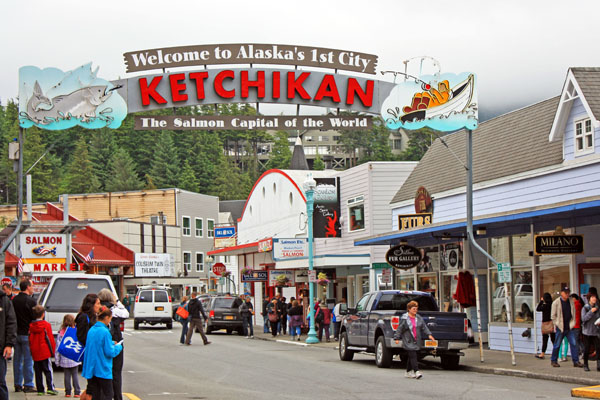
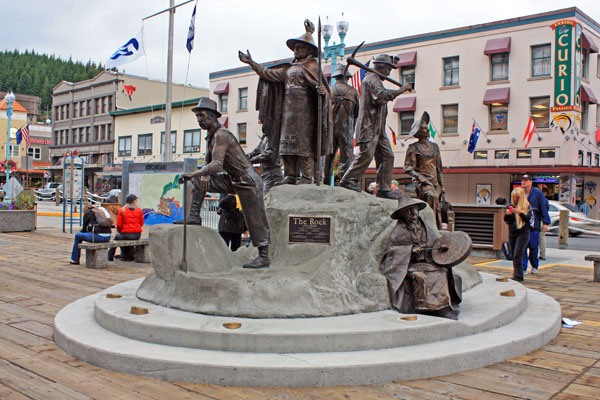
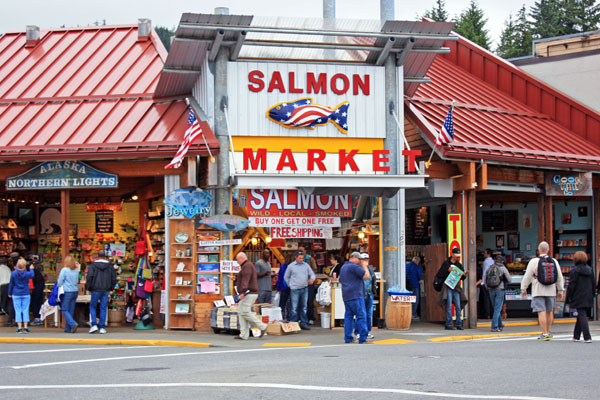
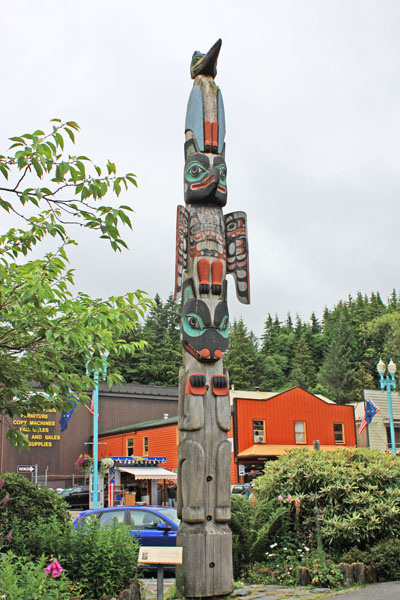
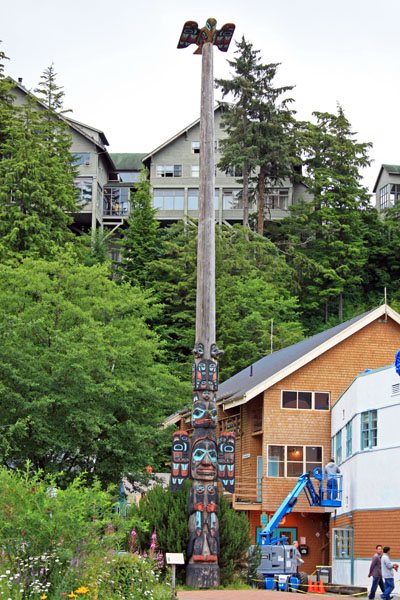
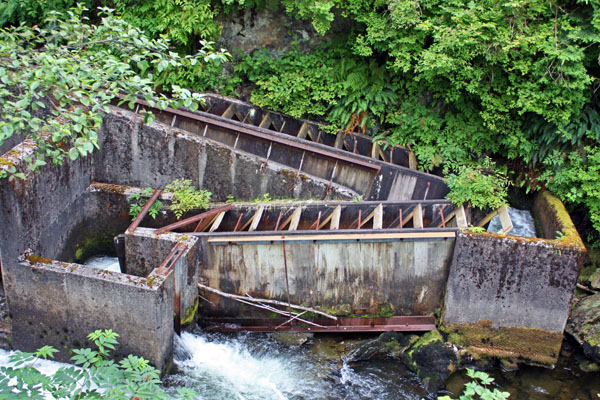
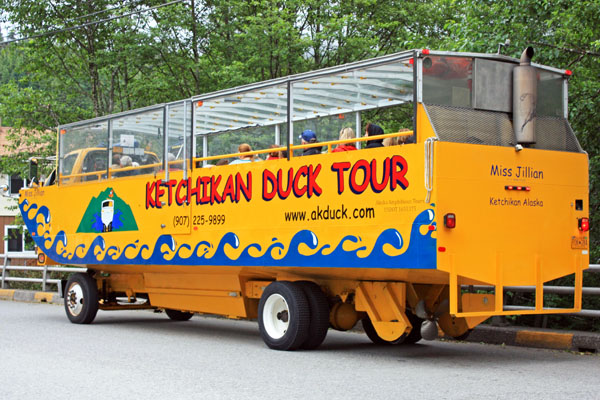
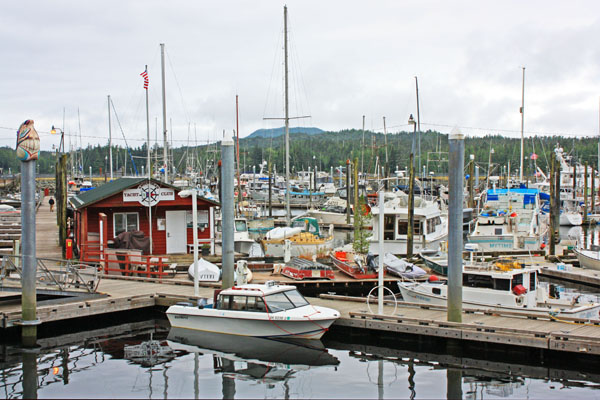
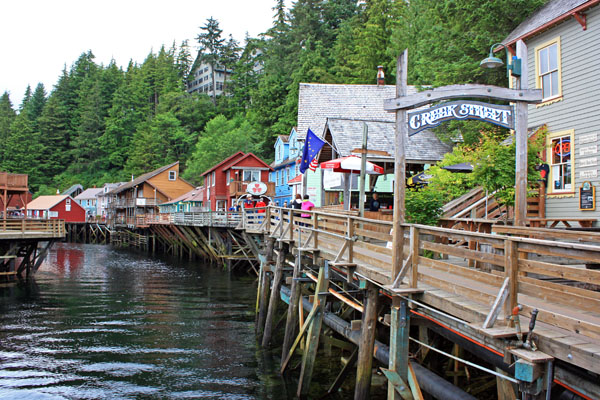


Leave a Reply